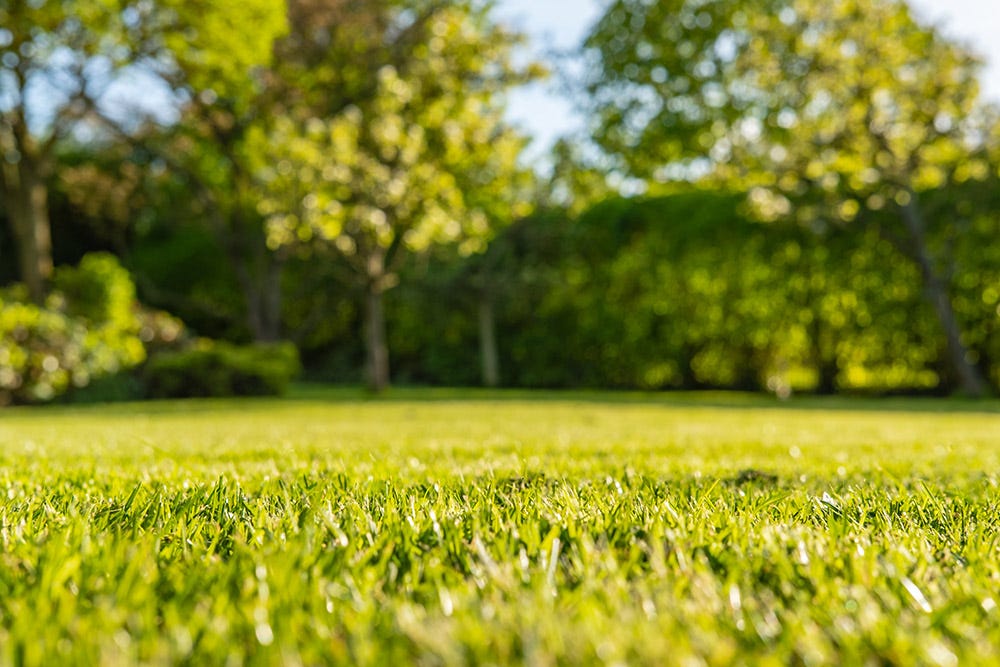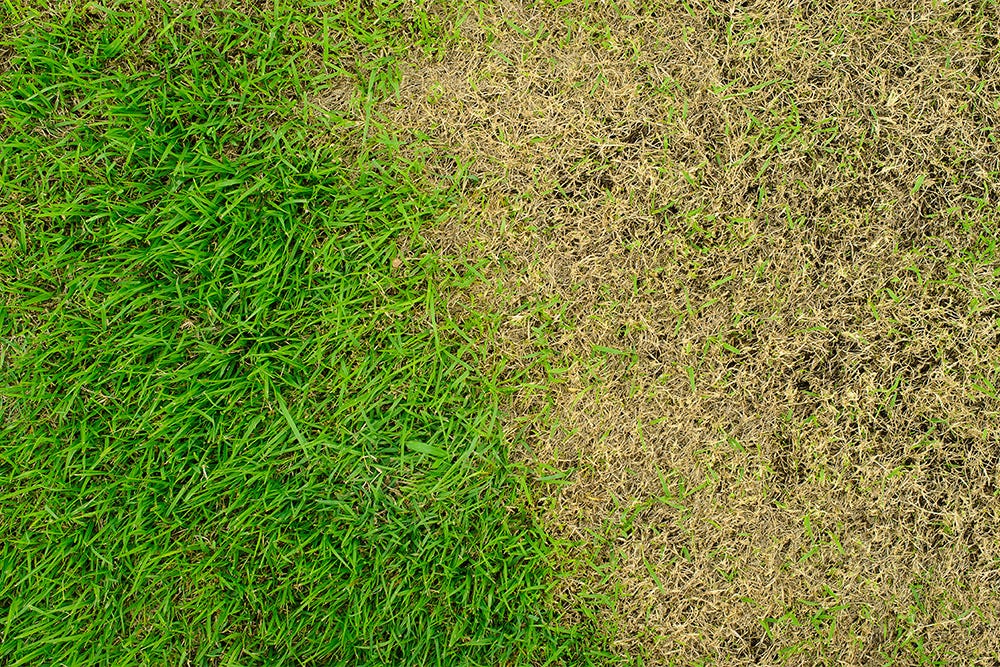
If you live in a place that regularly gets very dry, you may already have solutions for coping with drought. These can include reducing water usage, conserving rainwater, and growing drought-resistant plants – like periwinkle and thyme. You can also:
Get to really know your garden
Learning which plants need more water (and when) will help you prioritise thirsty blooms during a drought.
-
Water seedlings, cuttings and younger plants, and those that are wilting first.
-
Categorise other plants into daily, weekly and fortnightly watering routines.
-
When necessary, water plants thoroughly, making sure you reach the roots.
-
Don’t bother watering shrubs and trees, as they simply don’t need that much water and can withstand dry spells for longer.
A brown lawn is okay
Drought can turn green lawns into arid-looking places and can put extra pressure on your lawn. But if your lawn turns brown, don’t worry. Any lawn with an established and healthy root system should be easy to revive when rain (finally) returns. To ensure it has healthy roots:
-
Weed, mow, aerate and water your lawn regularly in spring
-
Water regularly in summer, and during a drought if you have the resources
-
Water your lawn early in the morning, as this gives the water time to sink into the grass before the sun gets too high.
Don’t forget to weed regularly
Weeds can divert precious nutrients, light and water from your plants and flowers – and are a particular nuisance during a drought when your garden needs more support. Getting rid of weeds regularly is the best way to make sure your watering efforts aren’t going to waste.
Prepare your garden for holiday season
If you’re going away, there are a few things you can do to keep your garden protected from hot, dry weather:
-
Mow and edge your lawn to encourage the grass to grow – but don’t cut it too short as this may result in it drying out
-
Weed borders
-
Eat or store fruit and veggies you’ve grown to stop them going to waste
-
Water your garden thoroughly just before you go – ask neighbours to water both garden and house plants while you’re gone, especially if you’re away for longer than a week
-
Move house plants to a shady place outdoors – just in case it does rain!
Get ready for future droughts
Droughts – and their consequences – are always a learning curve, even for experienced gardeners.
-
Mulch with organic matter (such as homemade compost, grass clippings, bark or leaves) to preserve as much water as possible.
-
Apply mulch around fruit trees, bushes, herbaceous perennials, under hedges and around spring bulbs.
Best done ahead of the summer, mulching will lock moisture into the ground to help your plants stay healthy in the face of more extreme weather conditions.

After a long, cold winter, your lawn may look a little rough in places. Repairing bare patches is a straightforward process, so follow our trusted tips below to get your lawn back in shape.
